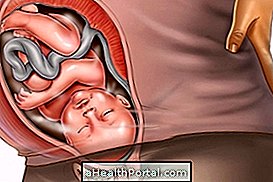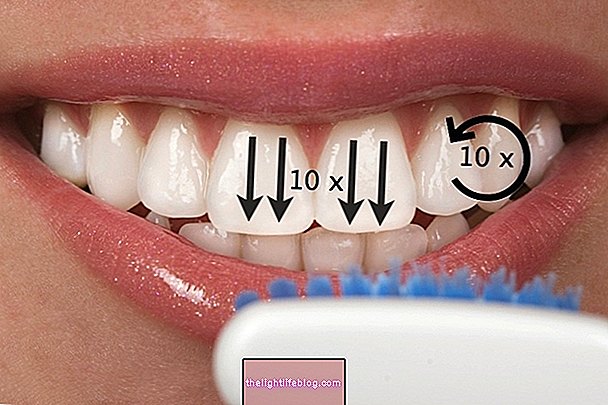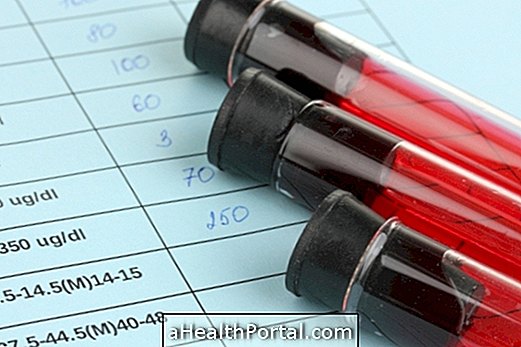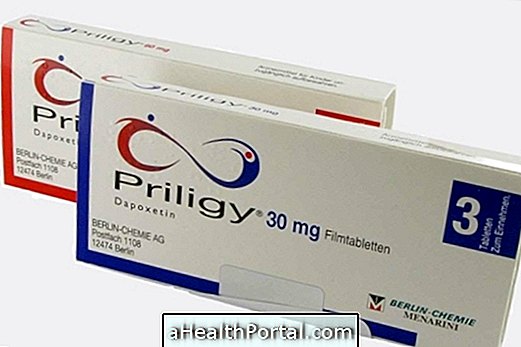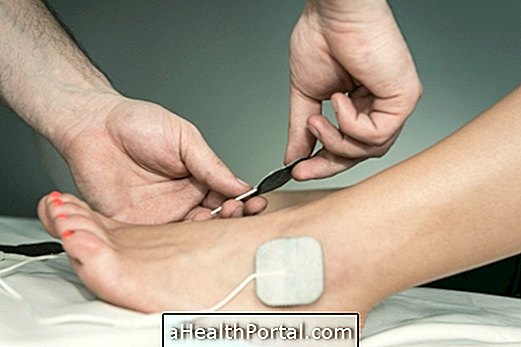To calculate the expected date of delivery, it is sufficient to know the date of the 1st day of the last menstrual cycle and to add 7 days and nine months. If so, the date of the last menstrual period was, for example, on the 12th day of September, the baby should be born on June 19th.
The account to calculate the expected date of delivery is done simply by decreasing 3 months from the date of the last menstruation and then adding up to 7 days.
Measuring uterine height with the woman lying on a stretcher may also indicate the probable date of delivery, but another, safer way of knowing when the baby should be born is through the ultrasound performed during prenatal care.
Enter your data in the following calculator and know when the baby should be born:
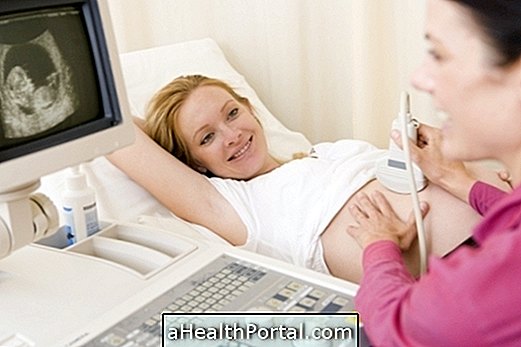
How to know the date by ultrasound
During the ultrasound examination the obstetrician can indicate the expected date of corrected delivery, which refers to the exact gestational age, which is usually 1 to 2 weeks after the day found by the date of the last menstrual period because, after all, the woman was menstruating and she certainly was not pregnant these days.
The doctor can know the gestational age of the baby when observing certain parameters of its growth, because there is a table that indicates the characteristics and what sizes the baby should present in each week of gestation.

This is the surest time to calculate the baby's birth day, but when the woman opts for normal delivery, that date may vary slightly, because the baby decides the time of birth. Thus, the date is only a parameter, because the baby can be born from 37 weeks, and not be considered pre-mature, and up to 41 weeks of gestation, without any problem.
However, for safety reasons the doctor can request 1 consultation each week from 36 weeks and ask the woman to note how many times she feels the baby move a day, and if there is something strange, she should go to the hospital.
How to know the date by design
Another way of knowing the predicted delivery is through the date of conception, being a more appropriate method in case of in vitro fertilization (IVF), because in this case it is possible to know exactly when there was fertilization, and consequently the correct gestational age, which lets you know when your baby will be ready to be born.



